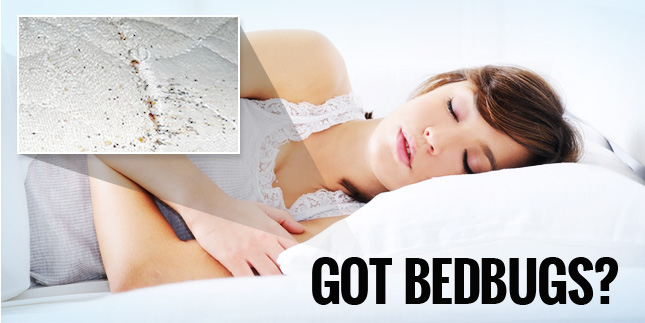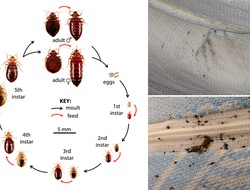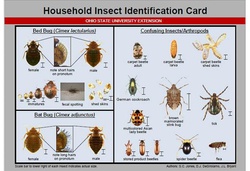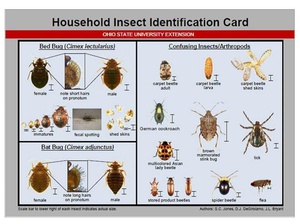BED BUG IDENTIFICATION AND PICTURES
IDENTIFYING BED BUGS
Bed bugs are household pests that can be found anywhere. They are found in our homes, hospitals, hotels, inns, stores, warehouses, and in almost all other places. Before these pests can be effectively eradicated or eliminated, determining their nesting spots on these places is most important. One will just be wasting money, time and energy doing these processes with no specific and accurate direction. The worst scenario here is, if the bed bugs are indeed present, and the wrong spots are targeted, it will give these bugs a chance to multiply their number and expand their infestation.
Identifying the spots where these bugs are nesting would effectively eliminate them. Knowledge about bed bugs would also be helpful to be successful to complete the process. Determining the areas where these pests are hiding is a way of confirming their presence, and it will also lead to more infested areas which could help clear them out and save more items from their infestation and ill effects.
Bed bugs are household pests that usually come out at night to bite and feast on human beings. They are parasites like the head lice. They are most often found in mattresses, curtains, sofas, cracks of walls, crevices, in wallpapers, headboards and in almost all places inside our homes. They are small crawling insects with no wings and have piercing mouth parts. They are round a quarter of an inch long and have a reddish amber color.
Bed bugs have three major stages. The eggs are minuscule, approximately 1mm, whitish, and very difficult to see on most surfaces without magnification. It’s almost impossible to determine early stages of bedbug infestation without consulting a professional as individual eggs are just about the size of a dust speck.
Newly hatched nymphs are translucent and are no bigger than a pinhead, which still makes them hard to detect with the naked eye. After feeding on blood however, the immature bed bugs may appear bright red in color. They resemble the adults but are smaller and lighter in color.
Adult bedbugs are long and relatively flat, small, brownish insects, just under a 1/4” long. They are oval in shape and nearly as wide as they are long.
Bed bugs are wingless and therefore they do not fly, but they are capable of moving swiftly on both horizontal and vertical surfaces. One will know that there are bedbugs around the house when there are shed skins or blood spots of these insects in mattress seams, headboards, curtains, on couches and even behind picture frames. The shed skins are dry, flaky and amber red in color. Blood spots are also left behind by these insects. By examining these things one can conclude that there are bed bugs in one’s home. Another way is to have a flashlight when one sleeps at night. Turn on the flashlight, being very careful not to move. Most likely, one can find these insects crawling around the area. A double sided tape can also be placed around the seams of a mattress and on the headboard. If there are bed bugs some will definitely get stuck on the tape. Bed bug fecal excretions and blood spots could usually be found on bed sheets, pillows, pillow cases, mattresses and other surroundings. These fecal excretions and blood spots are left by bed bugs near their feeding and hiding area. Another mark to find out if there are bed bugs is by checking if there are bites, red and swollen and itchy, though, this mark maybe unreliable for it might be caused by other insects. There are also monitors sold to detect these insects. Bed bugs can be effectively eliminated by detecting and determining their hiding places.









